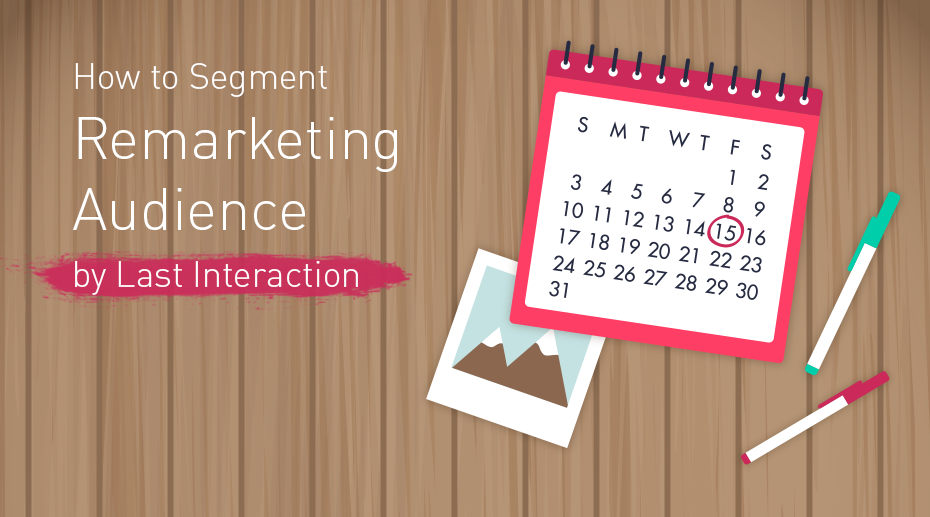
This is a guest post from Dionte Pounds, Account Manager at
3Q Digital.
When building out a fully functional PPC account, it’s important to utilize remarketing lists in addition to your standard campaigns. Remarketing lists allow you to target individuals with ads that are already familiar with your brand because of a past interaction, generally an ad click leading to a visit.
These visitors are valuable because they’re usually further down the sales funnel. Remarketing is a great way to retain these past visitors, capture incremental volume, and shorten the gap between time of click and time of purchase.
If you’re advertising on a pay-per-click network (Google, Bing, Facebook, etc.), you’ve more than likely utilized remarketing lists to improve account performance. You can also improve your remarketing lists, specifically your Google and Bing lists, by segmenting your audience based on time of last interaction.
Why Segment by Time?
There are a few benefits to segmenting your audience by time. The first is that it breaks apart a very large audience into multiple audiences of very manageable sizes. This then allows you to bid more or less aggressively depending on the audience.
For example, you may want to bid very aggressively to get an audience of users that last interacted with your website one to three days ago back to the website. You may not want to bid as high for the people that last touched the site 25-30 days ago.
Using this method, you can place a bid on each audience that’s most appropriate. However, be conscious of the size of the main audience you’re trying to split. This practice is usually a better fit for more general touchpoints that generate larger audience lists. It isn’t always the best to break apart a very small audience pool because at that point, the lists can become too small to employ.
How to Create Your Audiences
1. Create a new remarketing list
2. Select who to add to your list
Generally, I select page visitors. But there are options to select page visitors who did/did not visit another page, visitors of a page during specific dates, and visitors of a page with a specific tag.
If you’re more advanced, definitely utilize the custom combination option. I’ve used this capability to refine my segmented lists even further in the past and to block past converters from my lists.
3. Set the rule
Enter the page URL that you want to build your audience around.
4. Set the membership duration
Here’s where you can get creative. Go to the Tools drop down, then select Conversions and take a look at your attribution data. How long is the time lag from click to conversion? Use this information to set your membership duration for your audiences.
If you’re unsure, just use common sense to create reasonable durations. For this example, let’s assign the first audience a five-day membership duration.
5. Repeat
After creating the first audience, repeat the process and extend the membership duration with each additional audience. Using the five-day example above as a starting reference, we can create three more audiences with membership durations of 10, 20, and 30 days.
In the end, instead of one very large audience, we have one broken up into chunks based on the account’s specific conversion history, which gives us more control over bidding and ultimately better performance. Using this method, we don’t bid the same amount for someone that last interacted with the website 30 days ago as a person who last interacted with the website one day ago. Try it out and see how it performs!




